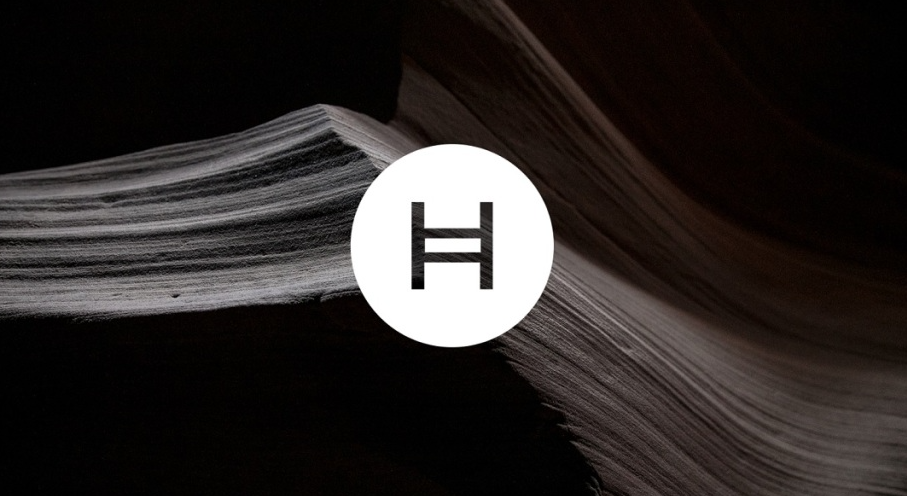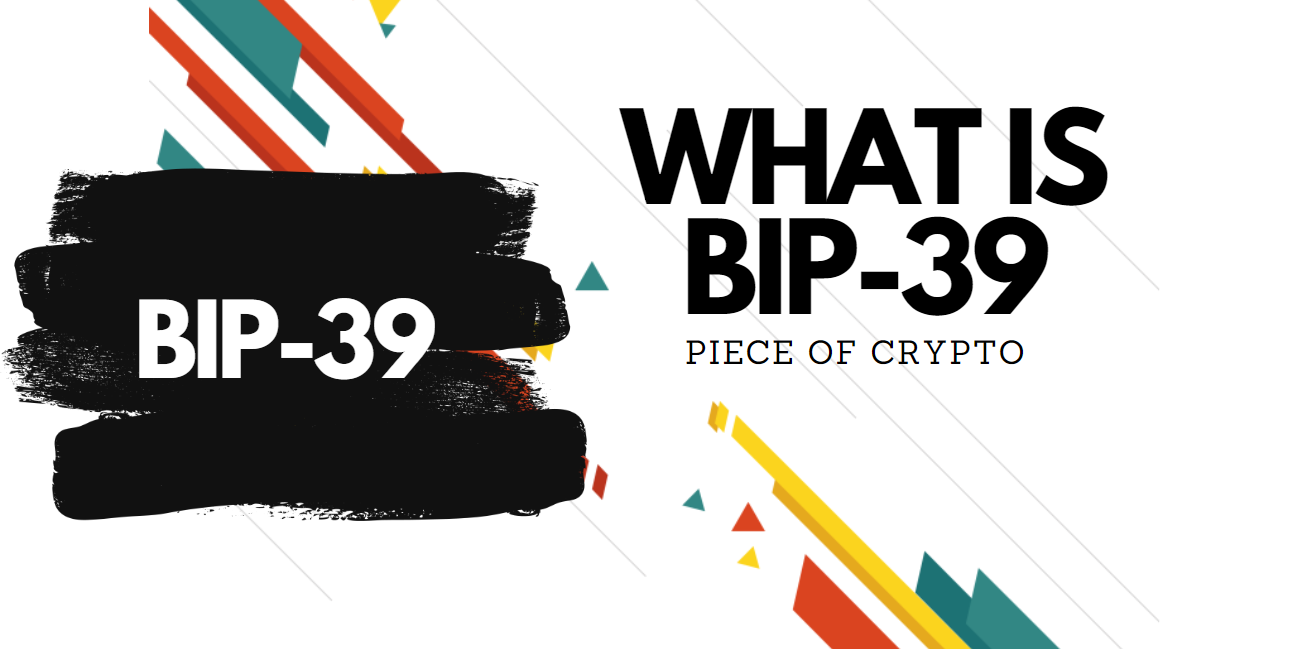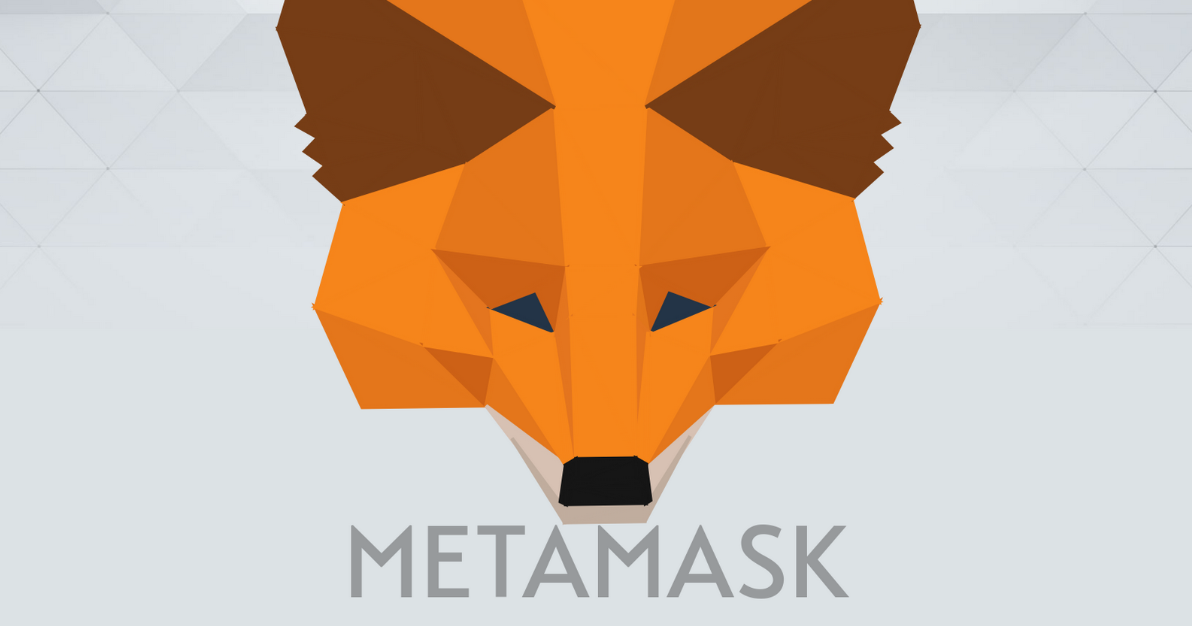What is Hedera Hashgraph? If you’re interested in blockchain technology, you’ve probably heard of Hedera. This cryptocurrency is decentralized and governed by a governing council. The council is in charge of overseeing changes to the software on the network, as well as maintaining a decentralized network. It consists of prominent companies, including Google, which joined the council to offer technical guidance and analytics.
Hedera’s governing council
The governing council of Hedera is an important component of the company, which will ultimately control the software and millions of distributed nodes running on its decentralized network. The council will ensure the stability of the network’s protocols, as well as its overall operations. Hedera has chosen Google Cloud to host one of its network nodes, and this will help to ensure the network’s reliability. The partnership with Google Cloud will also provide Hedera with access to data for analytics and analysis.
The governing council of Hedera is made up of leaders from various sectors and geographic areas, and their primary responsibility is to govern the Hedera network. The Governing Council has recently approved a plan to distribute 10.7 billion hbars (hbars), which represents 20% of the total supply. The plan is intended to help expand the Hedera ecosystem and the HBAR economy. The governing council also has a role in regulating the network and recruiting new members.
The governing council of Hedera’s network is made up of 39 enterprise members from a variety of fields. Wipro is a global IT, consulting and business process services company. Wipro has also joined the council. The governing council is intended to be the most decentralized governance model for public ledgers and will include 39 enterprises from various industries.
The governing council of Hedera has a diverse membership that includes many prominent companies, as well as universities and startups. The group will make decisions related to the company’s future product roadmap and treasury management. Each member serves two or three years. Once the governing council has reached its full size, it will represent the full range of use cases for the technology.
DBS is the first bank from South-East Asia to join the governing council of Hedera. The bank will have a network node on the enterprise-grade distributed public ledger. Other firms that have joined the council include Tata Communications and University College London. The governing council of Hedera plans to expand to 39 members in the future.
The governing council of Hedera has recently announced the purchase of intellectual property rights to the hashgraph consensus algorithm. The technology is a distributed ledger that allows users to create decentralized applications on its network. It is also designed for use in the Web3 sphere.
Its consensus algorithm
Unlike other cryptocurrencies, Hedera Hashgraph uses a complex consensus algorithm, and unlike blockchains, transactions are not compiled into blocks, but into a ‘graph’, with nodes communicating in haphazard fashion. This enables the platform to process more transactions per second than many competing platforms.
Although it is still a relatively young project, Hedera Hashgraph has been backed by major companies, including IBM, Boeing, and Google. Its founder, Leemon Baird, was a professor at the US Air Force Academy and designed the protocol. This makes it far superior to traditional Blockchain structures.
Hedera’s consensus algorithm combines a governing council with decentralized consensus. Users can develop smart contracts on the platform, and it has many uses for businesses. The system is also used in the HBAR Token. In addition to payments, HBAR is used to reward users for security and incentivize network users.
Although the platform is not yet fully developed, Hedera’s development team is able to make progress on the software. The underlying technology enables developers to create new applications and services at lower costs. The platform is also backed by large institutions and has an experienced development team.
Hedera is an open, decentralized network that helps developers build secure applications. The technology is governed by a council comprised of leading organizations. In addition, the Hedera Consensus Service will serve as a transaction ordering service on the Hedera network. This service will be hosted in Microsoft Azure cloud environment and connect to the Hedera public mainnet.
Private enterprises have already started using the hashgraph technology, citing its benefits. The technology can be used for government, healthcare, games, entertainment, and finance. This technology opens the door for many exciting DLT applications. The technology can also be used for auctions, enabling an efficient and fair network.
The technology behind Hedera Hashgraph is an alternative to blockchain that promises more performance, security, and throughput than blockchain. It can process up to 10,000 transactions per second. Its hashgraph consensus algorithm is based on a protocol called “gossip about gossip”. This technology enables Hedera to scale massively and has high throughput times with low latency.
Its uses
The Hedera Hashgraph is a decentralized blockchain that uses Ethereum’s Virtual Machine to facilitate developer code in Solidity. It has transaction speeds that are 13 times faster than the Ethereum Mainnet and is fully programmable. It allows users to mint fungible and non-fungible tokens and offers stable fixed fees.
Hedera is governed by a Governing Council that is made up of 39 global organizations that maintain the network. This council decides the network’s direction and roadmap and ensures the network’s security. Members of the council have a vote but are limited to two three-year terms.
The Hedera Hashgraph network uses directed acyclic graphs to create data structures and flows. Its nodes never loop back to a previous state, which is why it’s useful for distributed open ledgers. It’s also useful for applications that need conclusive ordering and auditability.
In addition to smart contracts, the Hedera Hashgraph can host distributed apps in finance and other fields. These applications can be created and executed without intermediaries and can be more secure than conventional contracts. Because the network is decentralized, it can be used to secure and speed up transactions.
The Hedera Hashgraph can handle higher transactions per second than the Ethereum network. This can significantly increase the transaction volume on the Ethereum network and reduce the amount of gas fees. As of now, the governing council has not released the official protocol for Hedera. Therefore, developers are unable to fork it.
However, while this technology is a major breakthrough, it’s still far from perfect. It still faces many problems, including scalability, decentralization, and security. Different blockchain protocols have developed different solutions to solve these issues, but no one has managed to fully overcome the core design problems. This has prompted other projects to seek ways to improve the distributed ledger technology. Hedera Hashgraph is a promising example of such a system.
The Hedera Hashgraph’s HBAR coin is used for peer-to-peer payments and decentralized applications. Its developers claim that HBAR will process transactions faster than Ethereum and will be more secure than Ethereum. The transaction fee is $0.0001.
Its token service
Providing tokenized digital assets to a worldwide community is easy and secure with the Hedera Token Service. The Hedera Token Service helps companies easily issue native tokens while providing scalability, configurability and predictable costs. Additionally, it is backed by a trusted, secure and governed network.
The Hedera Token Service has a number of partners that help businesses tokenize their assets, including supply chain, payments and energy. Businesses can use this service to embrace tokenization and monetize their assets, improve the efficiency of payment settlements, and access new token markets.
The Hedera network is based on Distributed Ledger technology and uses a graph-like structure to ensure fast transactions. Its public ledger uses hashgraph consensus, which prevents malicious attacks. It also allows users to make payments securely using only approved nodes.




